Embedded Finance Conversion Rate Calculator
How Embedded Finance Boosts Your Business
According to the article, Shopify merchants using embedded payments see 20% higher average order values. Embedded finance solutions like BNPL (Buy Now Pay Later) can increase conversion rates by 27% or more.
Key insight: Businesses that implement embedded finance often see significant improvements in customer experience and conversion rates, leading to measurable revenue growth.
Results
Imagine buying a new pair of shoes online, and at checkout, instead of switching to a bank app or credit card portal, you just click "Pay in 4" - no logging in, no new app, no paperwork. The money is split, the shoes ship, and you never left the store. That’s embedded finance - financial services hidden inside everyday digital experiences, working like magic because you don’t even notice it’s there.
What Exactly Is Embedded Finance?
Embedded finance means financial tools - like payments, loans, insurance, or savings - are built directly into apps and platforms that aren’t banks. You don’t need to open a separate app or visit a website. It happens where you already are: shopping, riding a scooter, booking a flight, or even using a fitness tracker.
This isn’t new. Back in the 1920s, Ford created Ford Credit so people could buy cars without paying all at once. But today’s version runs on APIs - digital bridges that connect apps like Uber or Shopify to real banks and payment processors. These connections let non-financial companies offer financial products without becoming licensed lenders or insurers themselves.
The goal? Remove friction. If you’re ordering food, you shouldn’t have to pull out your wallet. If you’re renting a car, you shouldn’t need to fill out insurance forms. Embedded finance makes money move silently, right when you need it.
How Does It Actually Work?
Behind the scenes, it’s a team effort. A company like Shopify doesn’t have a bank license. But it partners with a Banking-as-a-Service (BaaS) provider - like Treasury Prime or Stripe - that does. That BaaS provider handles the legal stuff: KYC checks, fraud monitoring, compliance, and holding funds in regulated accounts.
When a merchant on Shopify offers "Shopify Payments" at checkout, the customer’s card info goes through Stripe’s secure system. The money clears in seconds. Shopify gets a cut. The customer gets a smoother experience. And no one had to leave the site.
Same thing happens with Buy Now Pay Later (BNPL). At checkout, you see "Pay in 4" - that’s Klarna, Affirm, or Afterpay working through the retailer’s app. The lender approves you in seconds using real-time data, and the retailer gets paid immediately. You pay them back in installments. No credit card needed.
These systems need to be fast. Most successful embedded payments process transactions in under 500 milliseconds. If it takes longer, customers bounce. Security matters too - PCI-DSS for payments, GDPR for data, and AML checks for lending. If any part fails, the whole experience breaks.
Embedded Finance vs. Banking-as-a-Service: What’s the Difference?
People mix up embedded finance and Banking-as-a-Service (BaaS). They’re related, but not the same.
Think of it this way: BaaS is the engine. Embedded finance is the car.
BaaS providers (like Stripe, Plaid, or Treasury Prime) give the tools - APIs, compliance, banking infrastructure. They’re the behind-the-scenes partner. Embedded finance is what the end user sees: the "Pay in 4" button, the insurance add-on at booking, the instant loan for a repair job.
All BaaS enables embedded finance. But not every embedded finance product uses BaaS. Some big companies like Amazon or Apple build their own banking infrastructure. But for most businesses, BaaS is the only practical way to get started.
Where You’re Already Using It (Without Realizing)
You’ve probably used embedded finance dozens of times this week. Here’s where it’s everywhere:
- E-commerce: Amazon, Target, and Shopify all offer instant financing at checkout. Shopify merchants using embedded payments see 20% higher average order values.
- Ridesharing: Uber and Lyft process 100% of rides through embedded payments. No cash. No card swipe. Just tap and go.
- Travel: Booking a flight? You can now add travel insurance right on the page - no third-party site, no email follow-up.
- Healthcare: Some clinics let you pay your copay in installments during check-in. No billing statement later.
- Smart home: A smart thermostat company might offer a loan to cover installation costs - paid back through your monthly bill.
These aren’t gimmicks. They work. According to G2 Crowd, 68% of businesses that added embedded payments saw higher customer satisfaction. And Plaid reports BNPL adoption is growing 125% a year.

The Dark Side: Hidden Costs and Confusion
It’s not all smooth sailing. Embedded finance has real problems.
First, regulation. In the U.S., financial rules vary by state. A company offering loans in California might break rules in Texas. A 2023 Paypers report says 70% of embedded finance projects fail because of poor legal alignment. By 2026, Gartner predicts 80% of companies will need full-time compliance officers - up from 25% in 2023.
Second, customer trust. People love convenience, but they’re scared of data. Reddit users worry: "I love one-click financing, but how many companies are tracking my credit?" Trustpilot reviews for BNPL services show 27% of complaints are about hidden fees or unclear terms.
One airline learned this the hard way in late 2023. They added embedded travel insurance at booking - but didn’t make it easy to opt out. Over 12,000 customers filed complaints. The CFPB stepped in. The lesson? Clarity matters more than convenience.
What Works - and What Doesn’t
Not all embedded finance is created equal.
Best for: Simple, high-frequency transactions. Payments. BNPL. Instant insurance. These are low-complexity, high-volume use cases. They scale fast. Shopify’s embedded payments boosted conversion rates by 27%. Uber’s system handles 15 million rides daily without a glitch.
Not so good for: Complex financial advice. Custom loans. Investment planning. If you need to talk to someone about your debt-to-income ratio, an embedded pop-up won’t help. These services need human judgment - not algorithms.
McKinsey rates user experience at 4.7 out of 5. Revenue impact at 4.3. But regulatory compliance? Only 2.8. Technical integration? 3.1. That’s the gap. The front end looks amazing. The back end is a mess for most companies.
How to Get Started (If You’re a Business)
If you’re thinking of adding embedded finance, here’s how to avoid failure:
- Start small. Don’t try to launch payments, lending, and insurance all at once. Begin with payments. It’s the easiest. Most companies launch in 8-12 weeks.
- Use a BaaS partner. Don’t build your own banking system. Stripe, Treasury Prime, and Unit have pre-approved compliance frameworks. You get speed. They handle the legal risk.
- Be transparent. Tell customers exactly what they’re signing up for. No fine print. No default opt-ins. If they don’t understand it, they’ll leave - or sue you.
- Measure what matters. Track conversion rates, average order value, and customer complaints. If those numbers don’t improve, you’re not adding value.
Mid-sized businesses typically need 3-6 months to roll out a solid embedded payments system. Dev teams need 120+ hours of training. Non-tech teams need 40 hours. Don’t skip the training. Most failures happen because people don’t understand what they’re deploying.
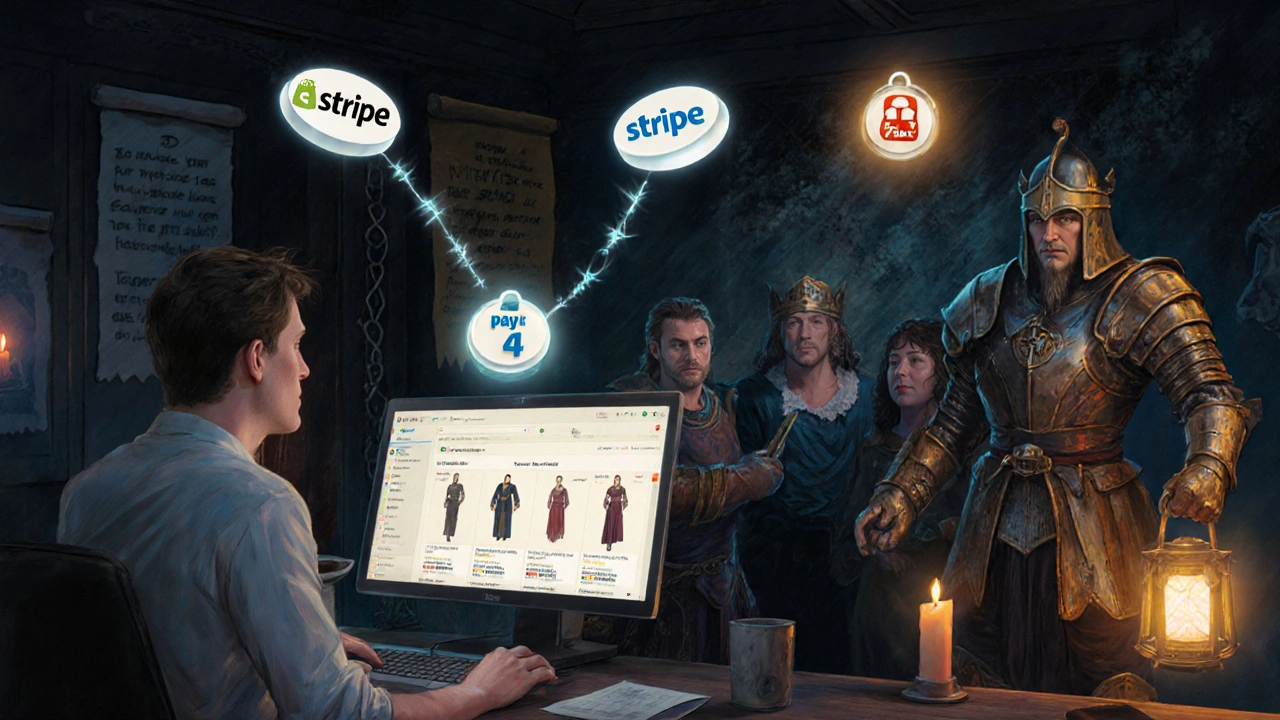
The Future: AI, CBDCs, and Global Shifts
Embedded finance is accelerating. Here’s what’s next:
- AI-powered recommendations: Stripe plans to launch AI that suggests personalized BNPL terms based on your shopping history - like a financial assistant built into the checkout.
- Central bank digital currencies (CBDCs): By 2026, 17 major BaaS providers plan to integrate government-backed digital dollars or euros. This could make cross-border embedded payments instant and cheap.
- Emerging markets: In Africa and Southeast Asia, embedded finance is giving unbanked people access to credit, insurance, and savings for the first time - through mobile apps.
- Consolidation: CB Insights predicts 30% of standalone BaaS providers will vanish by 2027 as big players like Stripe and Plaid absorb smaller ones.
By 2027, McKinsey says embedded finance will make up 24% of all financial services revenue - up from just 8% in 2023. Insurance embedded at point-of-sale is growing the fastest - up 48% a year.
It’s not about replacing banks. It’s about making financial services invisible - and everywhere.
Frequently Asked Questions
Is embedded finance the same as fintech?
No. Fintech is a broad term for any technology that improves financial services - apps like Venmo, Robinhood, or Mint. Embedded finance is a subset: it’s when those financial tools are built directly into non-financial apps, like shopping or ride-sharing platforms. Think of fintech as the toolbox, and embedded finance as using one of those tools inside another app.
Can small businesses use embedded finance?
Yes - and many already do. Shopify Payments, Square, and Stripe let even tiny online stores offer embedded payments and BNPL without hiring a finance team. The key is using a BaaS provider that handles compliance and infrastructure. Most small businesses start with payments only, which can be live in under two months.
Is embedded finance safe for my data?
It depends on the provider. Reputable platforms like Stripe, PayPal, and Treasury Prime use bank-grade encryption, PCI-DSS compliance, and strict data access controls. But if a company doesn’t disclose how your data is used, or if it shares your info with third parties without consent, your data could be at risk. Always check the privacy policy - especially for BNPL services that pull your credit data.
Why do some embedded finance offers have hidden fees?
Some providers make money from late fees, interest, or merchant fees - but don’t make those costs obvious at checkout. For example, a "0% interest" BNPL deal might charge a 4% fee to the merchant, which gets passed to you in higher prices. Always read the full terms. If you’re unsure, look up reviews or ask: "Is there a fee if I pay on time?" If the answer isn’t clear, avoid it.
Will embedded finance replace banks?
Not replace - but reshape. Banks are still the backbone. They hold the money, manage compliance, and provide liquidity. But now, they’re working behind the scenes. JPMorgan Chase and Wells Fargo are building their own BaaS platforms to serve Shopify, Uber, and others. The customer won’t see the bank. But the bank still owns the risk. The future is collaboration, not replacement.
What Comes Next?
If you’re a customer, keep using embedded finance - but stay aware. Know who has your data. Read the fine print. If a deal seems too easy, it might be hiding a cost.
If you’re a business owner, start with payments. Test it with a small group. Measure the results. Don’t rush into lending or insurance until you’ve nailed the basics.
Embedded finance isn’t a trend. It’s the new normal. The future of money isn’t in wallets or apps - it’s in the experience you’re already having. And it’s getting smarter, faster, and quieter every day.
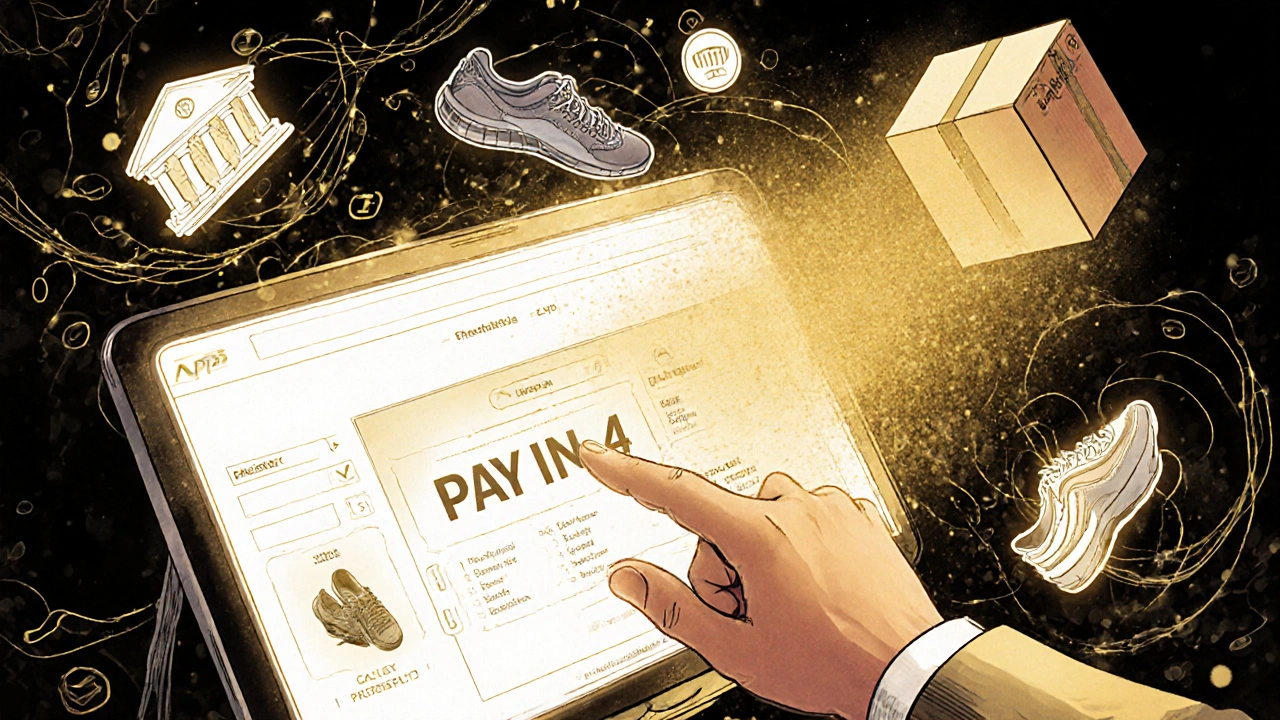
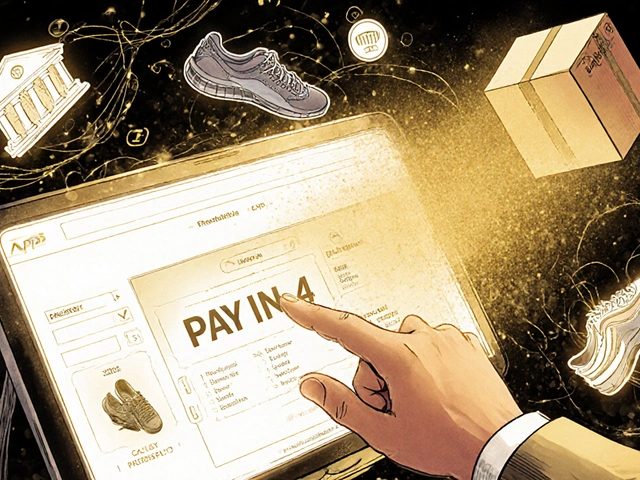
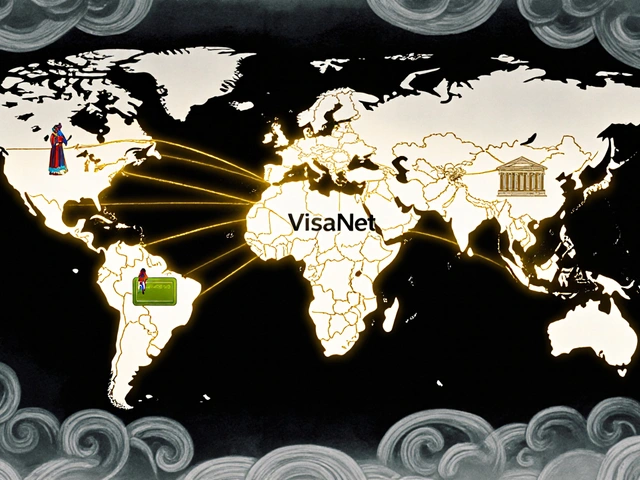




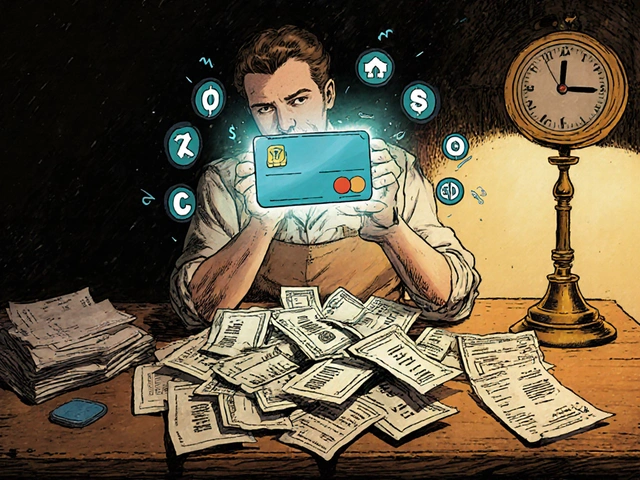
Comments
RAHUL KUSHWAHA
October 31, 2025This is wild. I used BNPL to buy socks last week and didn’t even realize it was embedded finance. 😅 Just clicked 'Pay in 4' and boom-shoes shipped. No app, no stress. Feels like magic.
Julia Czinna
November 1, 2025I appreciate how seamless this is, but I’m still wary of the data collection. I’ve had BNPL apps track my browsing habits and then bombard me with ads for things I didn’t even buy. Transparency isn’t optional-it’s ethical. If companies can’t clearly explain how they use your financial behavior, they shouldn’t be allowed to collect it.
Laura W
November 2, 2025BaaS is the unsung hero of embedded finance, frfr. Stripe, Treasury Prime-they’re the invisible plumbing behind every 'Pay in 4' button you see. Without them, Shopify merchants would be drowning in compliance paperwork. And honestly? The API integrations are so clean now it’s ridiculous. We’re not just automating payments-we’re rebuilding the entire customer journey. This isn’t fintech 2.0. This is finance 3.0.
Graeme C
November 3, 2025Let’s be real-this whole trend is a regulatory time bomb. 70% of embedded finance projects fail because of legal missteps? That’s not a bug, that’s a feature of greed. Companies are rushing to slap 'Buy Now Pay Later' on their checkout pages because they want the revenue, not because they care if you end up paying $200 for a $100 jacket because you forgot you had three other BNPL loans. The CFPB is going to come down like a hammer. And when they do, half these startups will vanish overnight. Mark my words.
Astha Mishra
November 5, 2025Embedded finance, while technologically impressive, raises profound questions about autonomy and consent in digital capitalism. We are no longer merely consumers-we are data points in a financial ecosystem we do not fully comprehend, where convenience is weaponized to normalize debt and obscure responsibility. The invisible architecture of payments, insurance, and credit is not neutral; it reflects the priorities of corporate efficiency over individual financial literacy. In India, where banking penetration remains uneven, this model offers empowerment to the unbanked-but at what cost? Are we building financial inclusion, or simply creating new forms of digital indentured servitude, masked as convenience? The answer lies not in the speed of the API, but in the depth of our ethical frameworks.
Write a comment